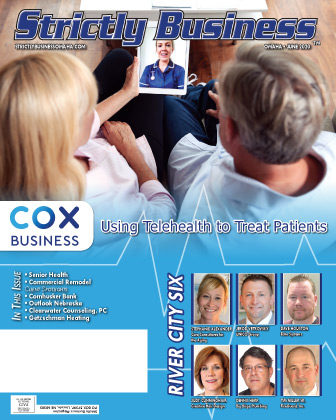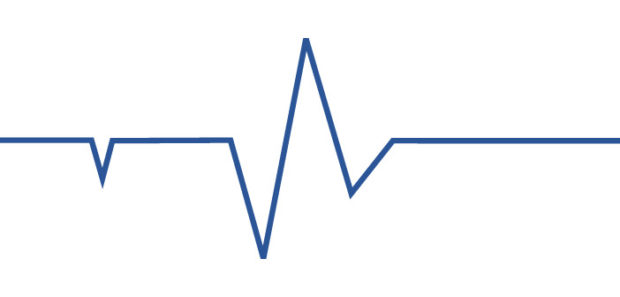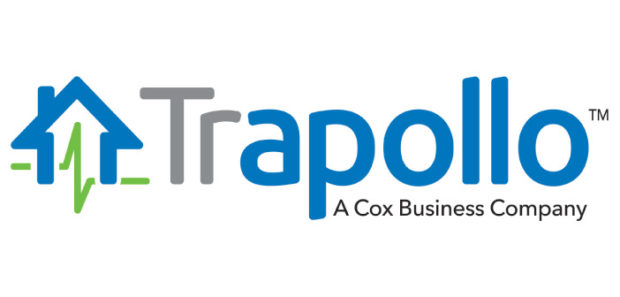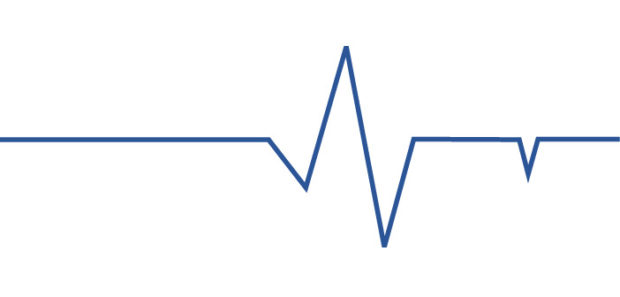Using Telehealth to Treat Patients During a Pandemic and Beyond
 The world is dealing with an unprecedented pandemic that has infected over 5 million people worldwide—over 1.5 million in the U.S alone and the numbers are still rising. Healthcare providers have an increased burden to treat both existing and new patients, while adhering to mandated and suggested safety protocols. It is a situation tailor-made for telehealth.
The world is dealing with an unprecedented pandemic that has infected over 5 million people worldwide—over 1.5 million in the U.S alone and the numbers are still rising. Healthcare providers have an increased burden to treat both existing and new patients, while adhering to mandated and suggested safety protocols. It is a situation tailor-made for telehealth.
While convenience is often cited as a key connected health benefit, its immediate impact to healthcare providers and the community at large extends far beyond that. The ability to use nontraditional healthcare delivery to consult and treat patients using video or voice conferencing, secure messaging, mobile or web apps, and alert notifications can help providers react quickly while continuing to treat patients responsibly and effectively.
Here are some of the ways that telehealth can help providers during the pandemic and beyond:
Early Screenings – At the onset of the outbreak, the CDC recommended that patients exhibiting coronavirus symptoms not immediately go to their healthcare providers. Instead, it suggested calling first or setting up a virtual visit, so physicians could identify potential COVID-19 cases and provide specific instructions, including whether to seek treatment or to manage mild cases through home monitoring and isolation.
In-Person Exams – While not all in-person exams can be replaced with virtual technology, common consumer devices can provide valuable information to help physicians treat patients remotely during emergencies. When appropriate, telehealth solutions can enable virtual house calls where you can meet with a clinical team remotely to discuss how you are feeling and determine next steps in your treatment.
Mental Health – Mental health patients often require regular treatment to manage their conditions, and the stress of dealing with a disease outbreak and home isolation could cause elevated stress levels or other mental health conditions for anyone. Even though therapists may have cancelled in-person appointments, virtual visits—either via phone or video call—can enable them to continue treating patients while following safety protocols.
Provider Efficiency – Maximize physician time and minimize exposure by reducing in-office visits and moving patients to efficient telehealth visits, to allow doctors to treat more patients. By utilizing a telehealth platform that triages patients based on alert systems, clinical teams can also increase efficiency by connecting with the highest risk patients first.
Naturally, connected health cannot replace all in-person physician engagements, but there are many ways it can help increase the efficiency of healthcare delivery—and aid in reducing the spread of contagious diseases. Furthermore, even as this crisis subsides, new social practices are likely to continue for some time, making connected health increasingly valuable.
Trapollo, a Cox Business company, has released a new telehealth solution in the Omaha market and is offering a free 90-day pilot. The solution enables local healthcare providers to connect with their patients in safe and efficient ways, in order to educate, triage, diagnose and deliver better outcomes to their patients.




